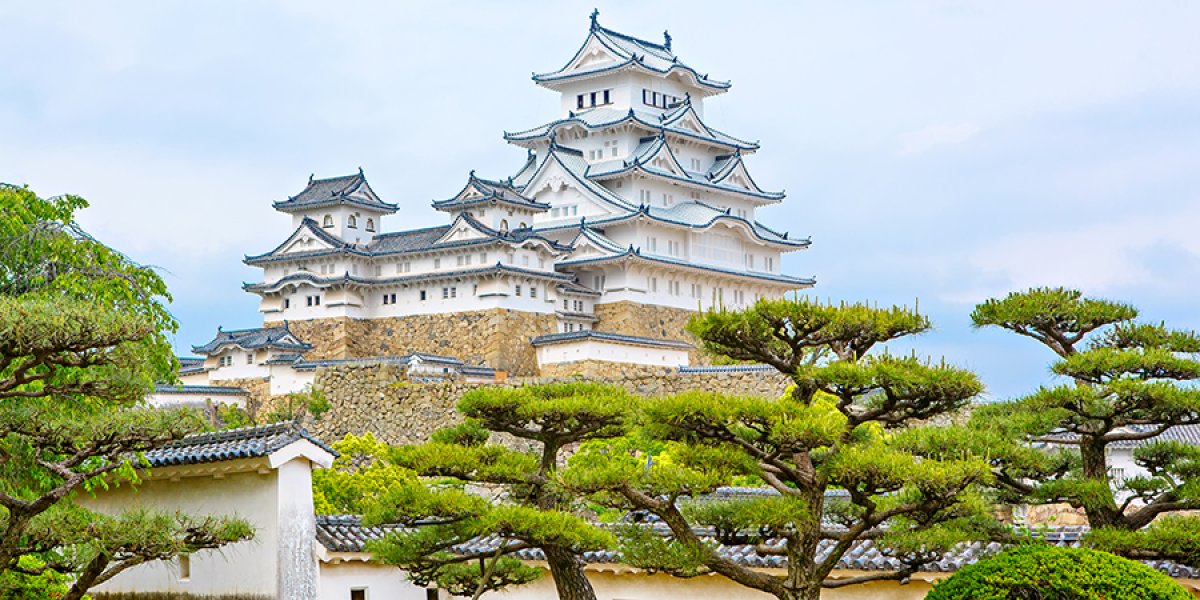Located in the center of Japan, Kyoto is a living example of the nation’s voluminous cultural legacy, fascinating past, and enduring traditions. Kyoto provides visitors an immersive trip into the core of Japan’s cultural identity with its conserved architecture, historic temples, and picturesque gardens. Kyoto beckons as a tranquil sanctuary beyond the busy metropolises where the past and present converge to produce a singular and remarkable experience. We will delve into the fascinating city of Kyoto in this tour, encouraging you to become fully immersed in its cultural diversity and historical significance.
Ancient Customs in Every Corner
The streets of Kyoto are gateways to the past, where customs are ingrained in day-to-day living. You will come across tea shops, locals wearing kimonos, and immaculately kept temples as you stroll through the city’s winding streets and wooden machiya mansions. Gion, Kyoto’s famous geisha district, offers visitors a look into the world of the “geiko” and “maiko,” where the practice of amusement and hospitality is still very much alive and well.
Sacred Buildings, Shrines
The amazing collection of temples and shrines in Kyoto reflects Japan’s spiritual core. With its recognizable vermillion torii gates, the Fushimi Inari Shrine is a representation of fortune and prosperity. While Kiyomizu-dera, the Golden Pavilion, gives sweeping vistas of the city from its wooden terrace, Kinkaku-ji, the Golden Pavilion, shimmers in its reflection on the serene pond. Visitors from all over the world continue to be captivated by the centuries of history and traditions that are present in each temple and shrine.
Nature as Art in Japanese Gardens
The Japanese philosophy of harmony with nature is embodied in the beautifully planted gardens of Kyoto. The tranquil Ryoan-ji Zen garden’s thoughtfully placed stones encourage reflection and meditation. You are carried away to a peaceful place by the Arashiyama Bamboo Grove, whose mystical aura is evoked by the tall bamboo stalks. Every garden, no matter how large or small, combines nature and aesthetics to produce landscapes that inspire feelings of tranquility and tranquillity.
The Way of Tea and Tea Culture
The “Way of Tea,” also referred to as “chanoyu,” is associated with Kyoto. This sophisticated discipline, which emphasizes attention, politeness, and the love of modest pleasures, may be seen in tea rooms and traditional tea rituals. Matcha, the powdered green tea that is an essential component of the tea ceremony, is made in Japan’s finest quantities in the historic area of Uji, which is located just outside of Kyoto.
Ancient Arashiyama: A Link to the Past
Arashiyama, a neighborhood outside of Kyoto, is a window into the past where ancient sites and breathtaking scenery come together. The Hozu River is crossed by the Togetsukyo Bridge, which provides breathtaking views of the cherry blossoms in the spring and the colorful leaves in the autumn. The Tenryu-ji Temple’s zen garden offers a sense of serenity in the midst of the busy world, while the towering stalks of the Arashiyama Bamboo Grove’s bamboo form an enchanting route.
The Culinary Traditions of Kyoto
The culinary scene in Kyoto is a tapestry of tastes that depict the history and culture of the area. Traditional Japanese multi-course meals, or kaiseki, are works of culinary art that feature seasonal ingredients and exacting presentation. Nishiki Market, also referred to as “Kyoto’s Kitchen,” provides a wide selection of regional foods like fish, veggies, and traditional snacks. The food of Kyoto is an examination of tradition and innovation on a plate, not merely a sensory experience.
Seasonal Beauty: Beyond Cherry Blossoms
The splendor of Kyoto changes with the seasons, each bringing its own special appeal. People come from all over the world to view the city’s exquisite cherry blossoms in bloom in the spring. Autumn transforms the cityscape into a magnificent scene with its vivid red and gold leaves. Festivals, poetry, and cultural customs that link Kyoto’s citizens to the cycles of nature help celebrate the changing of the seasons.
Tradition Preservation Through Crafts
Kyoto is a center for traditional craftsmanship, where craftspeople retain historical methods and produce works of art that stand the test of time. Intricate kimono textiles made in the Nishijin textile sector are well-known, and the city’s pottery history is celebrated in Kiyomizu-yaki ceramics. The workmanship in Kyoto is a manifestation of a devotion to quality and the preservation of creative tradition.
Final Thoughts: A Trip Through Time
Kyoto welcomes visitors to immerse themselves in Japan’s cultural history and experience its rich traditions; it is more than just a place to visit. You will be taken to a place where the past and present coexist harmoniously to produce an enlightening and soul-stirring experience as you stroll down its ancient streets, admire its temples and gardens, and take part in its rituals. Kyoto’s rich cultural heritage is evidence of the city’s steadfast character, which accepts its past while thriving in the present.
